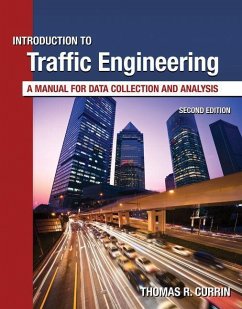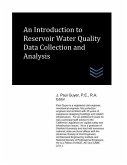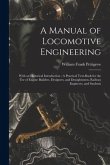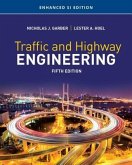Research leading to the continuous improvement of traffic analysis techniques depends on the ongoing collection of data relating to driver behavior. INTRODUCTION TO TRAFFIC ENGINEERING: A MANUAL FOR DATA COLLECTION AND ANALYSIS is meant to aid both the student of traffic engineering and the transportation professional in sound data collection and analysis methods. It presents step-by-step techniques for several traffic engineering topics. Each topic is introduced in a consistent manner, and data collection and analysis forms are provided for each study. Studies are organized to facilitate inclusion in a formal transportation engineering report.
Hinweis: Dieser Artikel kann nur an eine deutsche Lieferadresse ausgeliefert werden.
Hinweis: Dieser Artikel kann nur an eine deutsche Lieferadresse ausgeliefert werden.








